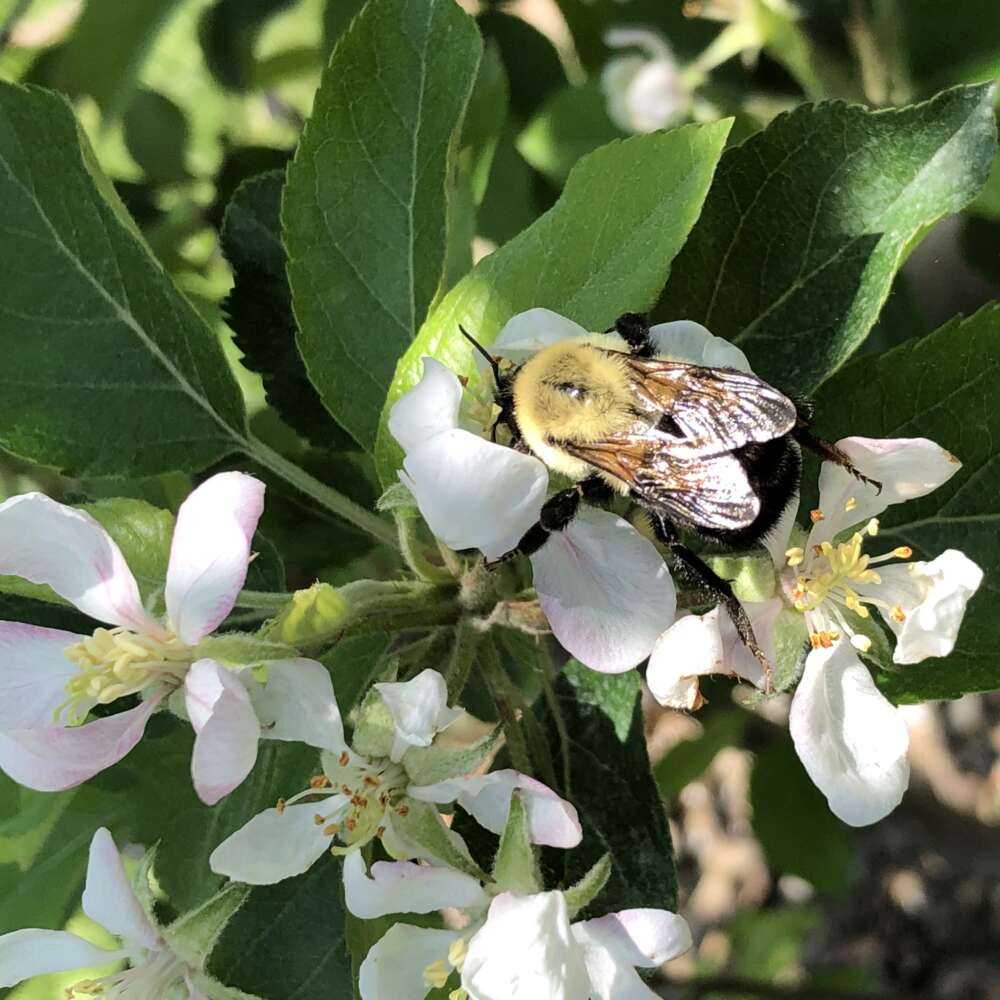University of Guelph researchers have made an unexpected discovery that bumblebee queens are remarkably resilient to flooding – a finding that sheds light on the extraordinary adaptations of these vital insect pollinators.
The study led by postdoctoral researcher Dr. Sabrina Rondeau and School of Environmental Sciences professor Dr. Nigel Raine marks the first investigation on the ability of bumblebee queens to survive prolonged periods of complete submersion while overwintering underground.

Bumblebees are crucial insect pollinators, known for their importance in ecosystems worldwide. During the cold season, queen bumblebees retreat underground to overwinter in small burrows.
Typically, they seek out well-drained soil, often in banks, to hibernate until spring arrives. These soil characteristics likely serve to protect them from flooding, a potentially fatal threat to many terrestrial organisms.
The discovery the U of G team made, detailed in Biology Letters, arose from an unexpected experimental error when water accidentally flooded containers housing overwintering bumblebee queens.
“Upon finding the submerged queens, I drained the water from the tubes and the queens were still alive. I was shocked,” Rondeau recalls.
This led the researchers to delve deeper into this mystery. The study involved exposing commercially-reared bumblebee queens to a range of submersion treatments while they were overwintering under controlled conditions.
Surprisingly, the queens maintained underwater for up to seven days showed no lower survival rates compared to the control group not exposed to water.
Bumblebees display remarkable resilience in flooding

“Flooding is an unpredictable challenge for soil-dwelling species, particularly bees nesting or overwintering underground,” Raine said. “This area of research has remained largely unexplored until now, opening many avenues for further investigation.”
Bumblebee queens’ tolerance to submersion occurs during diapause, a state of suspended growth and reproduction that is characterized by reduced oxygen intake.
Rondeau explained, “Insects breathe through spiracles, not nostrils like humans. During diapause, spiracles can remain closed for extended periods, preventing water from entering the body.” Submerged bumblebee queens may also use cuticular respiration (skin breathing), facilitated by trapped air bubbles on their body surface.
The findings underscore the need for further research into the mechanisms behind bumblebee resilience, especially in the context of escalating extreme weather events.
As climate change intensifies, insights from this study could inform strategies for conserving these vital pollinators and the ecosystems they support.
This work was supported by the Natural Sciences and Engineering Research Council (NSERC), and a grant from the Weston Family Foundation.
Rondeau was supported by postdoctoral fellowships from the Natural Sciences and Engineering Research Council of Canada (PDF-5783-2023), the L’Oréal-UNESCO for Women in Science Program, the Fonds de recherche du Québec – Nature et technologies (2023-2024 – B3X-332009) and the Weston Family Foundation. Raine is supported as the Rebanks Family Chair in Pollinator Conservation by the Weston Family Foundation.
Contact:
Dr. Nigel Raine
nraine@uoguelph.ca
